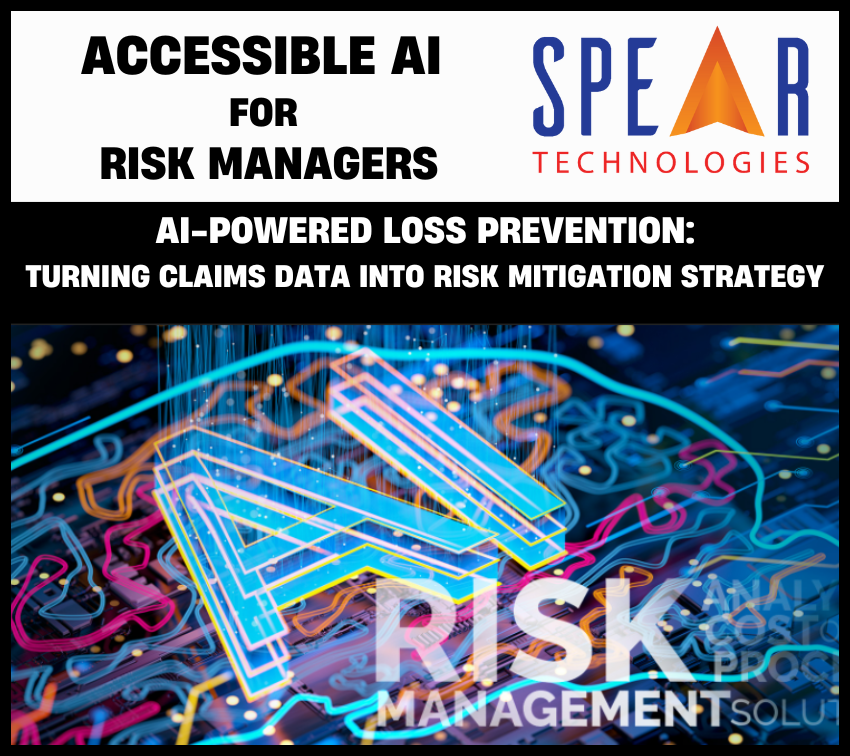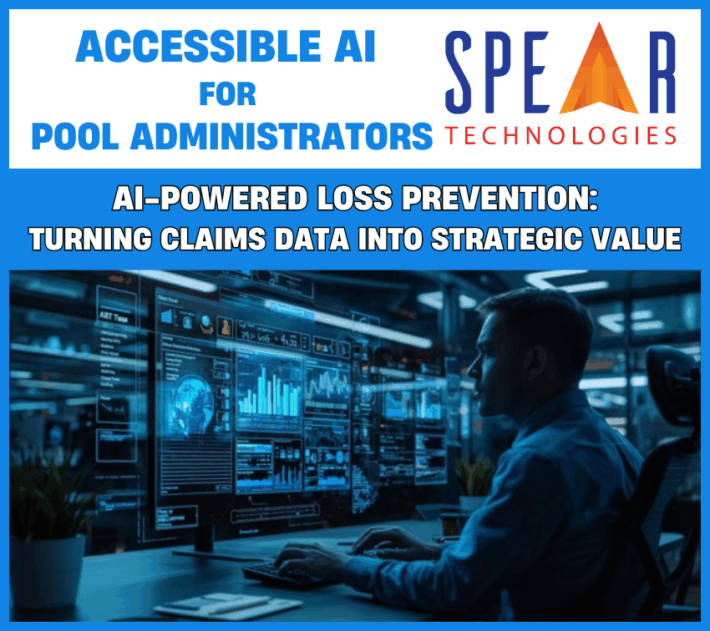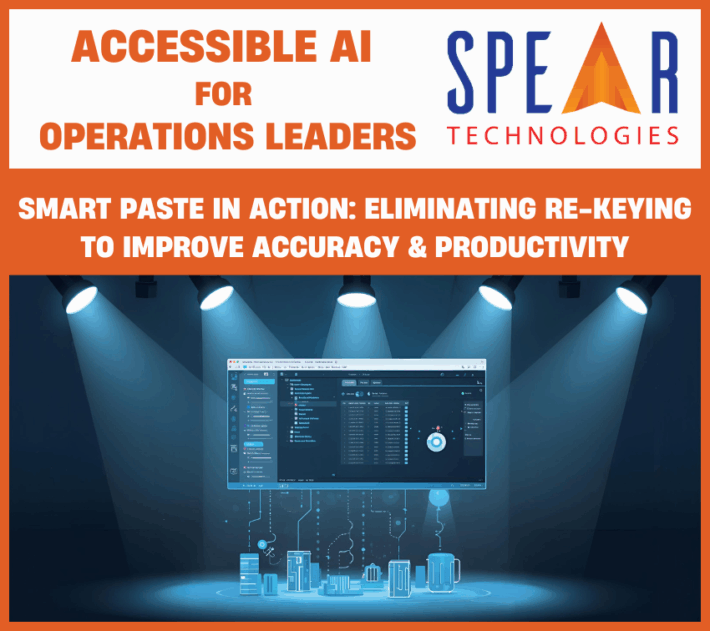Accessible AI for Risk Managers: AI-Powered Loss Prevention – Turning Claims Data Into Risk Mitigation Strategy

For risk managers, the power of data has always been clear, however unlocking it has never been easy.
With Accessible AI for Insurers, claims and loss data become a forward-looking tool for prevention, not just documentation.
The Challenge: From Reporting to Anticipation
Traditional risk reporting tools focus on what’s already occurred.
Risk managers need visibility into what’s next, and why.
Without AI, critical insights remain buried in claims notes, adjuster comments, and historical files.
Accessible AI surfaces these insights instantly, revealing patterns and root causes before they grow into costly claims.
Why It Matters for Risk Managers
Accessible AI enables risk professionals to:
- Identify Patterns Early: Spot recurring risks in geography, injury type, or vendor performance.
- Quantify Exposure: Understand where emerging risks intersect with high-value assets.
- Prioritize Prevention: Allocate resources where losses are most likely to recur.
- Strengthen Governance: Create fully auditable, data-backed mitigation plans.
This transforms the role of risk management from oversight to foresight.
Empowering Business Users with AI They Can Shape
Within Accessible AI, risk managers can configure dashboards, define thresholds, and validate AI insights directly.
They can:
- Tune loss prediction models to match exposure criteria.
- Visualize near-miss patterns alongside claims.
- Collaborate with underwriting and safety teams seamlessly.
No coding required – just control and clarity.
Why Business-User Accessibility Is a Game-Changer
For risk managers, AI must do more than process data. It must make risk visible, explainable, and actionable. Accessible AI bridges that gap by allowing business users to interrogate models, adjust assumptions, and validate insights in real time, ensuring:
- Transparency Over Mystery: Every exposure, trend, and recommendation comes with a rationale. Risk leaders can trace exactly how AI identified an emerging pattern.
- Flexibility With Oversight: Accessible AI lets teams test “what-if” scenarios safely, adjusting model weightings or loss probability factors without coding.
- Smarter Speed: Emerging risks are identified weeks earlier, enabling proactive mitigation rather than reactive response.
- Audit-Ready Intelligence: Full traceability of AI-assisted risk assessments provides defensible documentation for regulators, auditors, and boards.
Accessible AI turns risk management from static reporting into dynamic, continuous insight generation.
Some Tangible Benefits to Empowering Teams
Risk management teams using Accessible AI for Insurance report:
- 30% improvement in risk prediction accuracy, through adaptive modeling.
- 25% faster reporting and response, as dashboards update in real time.
- 20–35% fewer late-stage loss escalations, driven by early visibility.
- 15–20% reduction in compliance exceptions, through transparent AI logic.
When risk teams can understand and adjust AI directly, confidence in risk forecasts rises, and so does enterprise resilience.
Case Study: AI-Driven Loss Prevention
A large municipal risk pool implemented Accessible AI to automate exposure analysis and risk scoring.
Within six months:
- 40% faster identification of high-risk claims.
- 30% fewer late-stage escalations.
- Full compliance audit pass rate for model transparency.
The AI didn’t replace human judgment, it amplified it. Accessible AI empowered risk managers to see, question, and refine every model output, transforming data into foresight.
The Takeaway
For risk managers, Accessible AI for Insurers bridges data and action, converting hindsight into foresight, and insight into prevention.
Ready to see how SpearClaims™ turns claims data into proactive loss prevention?
Schedule a Demo to see how SpearClaims™ with Accessible AI strengthens risk oversight through transparent automation and explainable intelligence.
Request Pricing to learn how modernizing your claims management system can reduce exposure while reinforcing accountability.



